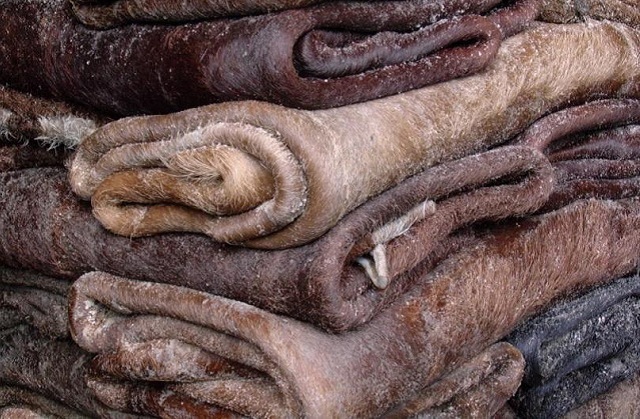
The Sunday News

Dumisani Nsingo, Senior Business Reporter
THE Leather Institute of Zimbabwe (LIZ) has identified a South African investor to set up a bonded warehouse as it moves to cut on costs incurred by the country’s leather players while importing strategic raw materials.
In an interview with Sunday News Business on Thursday last week, LIZ executive chairman Mr Cornelius Sunduza said the leather sector was operating at below 10 percent capacity due to a myriad of challenges, chief among them failure by firms to access flexible funding to recapitalise their operations.
He said as part of efforts to reduce the cost of production, which has over the years been weighing down on most of the players in the sector, the institute engaged a South African firm to set up a bonded warehouse in Bulawayo.
“We have actually identified a partner who intends to set up a bonded warehouse and I have actually scheduled an appointment with the governor (of the Reserve Bank of Zimbabwe) to discuss guaranteeing his foreign currency investment.
The investor has promised to bring all the raw materials.
“This investor is from South Africa and the reason we have opted to partner the company is that it’s a generational business and are the biggest suppliers of raw materials into the South African footwear and leather industry thus we are riding on that.
Hopefully we will also learn from these experiences and exposures,” said Mr Sunduza.
A bonded warehouse is a secure space where goods liable to import duty and or Value Added Tax (VAT) are stored. Duty and VAT payments are deferred until the goods are sold or removed from the bonded warehouse.
Mr Sunduza said having a bonded warehouse would play a pivotal role in reducing the lead time.
He said there has been little uptake of the Homelink loan facility by players in the leather industry.
The Reserve Bank of Zimbabwe-owned lending group Homelink provided a $15 million loan facility with 7,5 percent interest rate per annum for players in the leather industry as capital expenditure and working capital early this year.
“I think on the collateral many companies find it difficult because most of them borrowed internally and externally. Those who borrowed internally don’t qualify, but those who borrowed from the bank or the money market qualify, Homelink will take over the credits, but it doesn’t take care of the internal credits,” said Mr Sunduza.
He said the country stands to earn more foreign currency if it adds value to its exported exotic animal skins.
“We need to add value to our exotic materials especially crocodile skins. We are exporting them wholesomely raw . . . a company like Padenga (Holdings) exports about $25 million to $28 million annually, you could actually add about 50 to 100 percent value by processing it to the crust stage . . . ,” said Mr Sunduza.
Crust leather is the term applied to leather, which is dried after tanning but has not yet been dyed.
Zimbabwe used to be one of the biggest leather players in Sub-Saharan Africa with a number of firms being contracted to manufacture international brands of footwear but the sector has been on the demise since the turn of the millennium.
“Zimbabwe was the reference point from 1994 to 2000 in terms of technological developments and advancement as well as training of leather skills we were number one in Sub-Sahara Africa,” said Mr Sunduza, further stating that although the skills were still available technology was now obsolete.
@DNsingo



